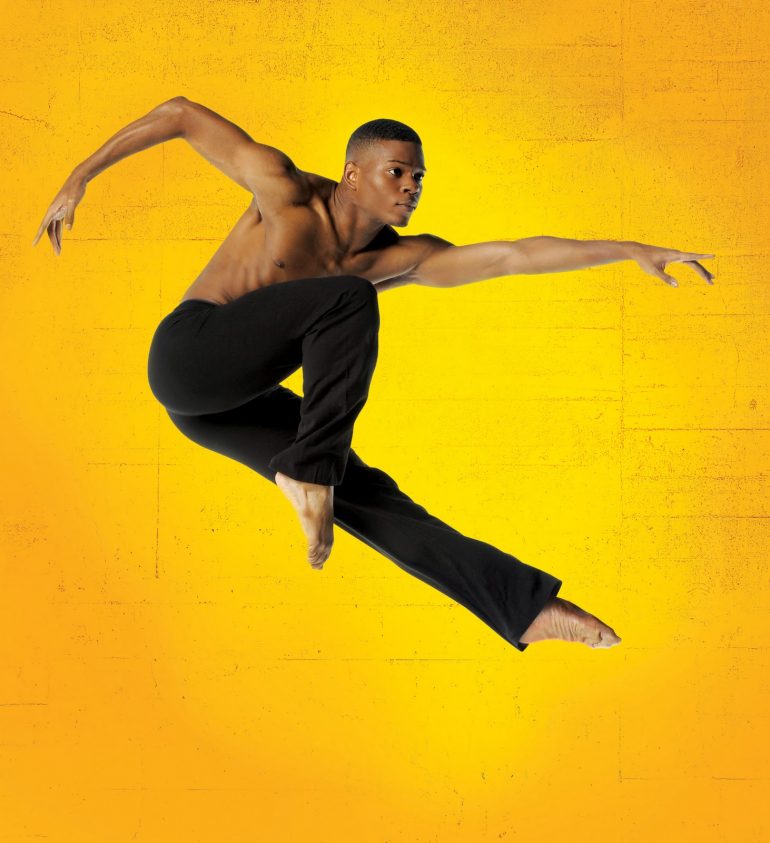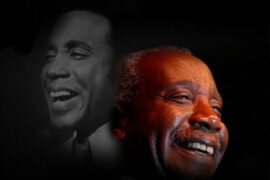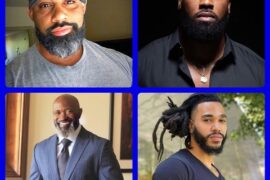Alvin Ailey American Dance Theater returns to the Auditorium Theatre, the company’s Chicago home for nearly half a century, with six breathtaking performances from March 7-11.
This year’s annual engagement features three different programs of relevant, inspiring new works, including the Chicago premiere of company member Jamar Roberts’ Members Don’t Get Weary, which has been called “striking” and “virtuosic” by the New York Times.
There is also Spanish choreographer Gustavo Ramírez Sansano’s propulsive, thrillingly of-the-moment work Victoria, in addition to new productions of Twyla Tharp’s The Golden Section and Chicago-raised choreographer Talley Beatty’s Stack-Up. Each performance, of course, ends with Alvin Ailey’s masterpiece Revelations, a modern classic that has been seen by more people than any other contemporary dance work.
One of Ailey’s new dancers is Solomon Dumas, who was introduced to dance through AileyCamp. He later began his formal training at The Chicago Academy for the Arts and the Russell Talbert Dance Studio, where he received his most influential training.
Dumas studied at New World School of the Arts and was a fellowship Level 1 student at The Ailey School. He has performed with companies including Garth Fagan Dance, Ronald K. Brown/Evidence, and Labyrinth Dance Theater and was a member of Ailey II.
N’DIGO sat and talked recently with Dumas, who joined the Ailey master company in 2016.
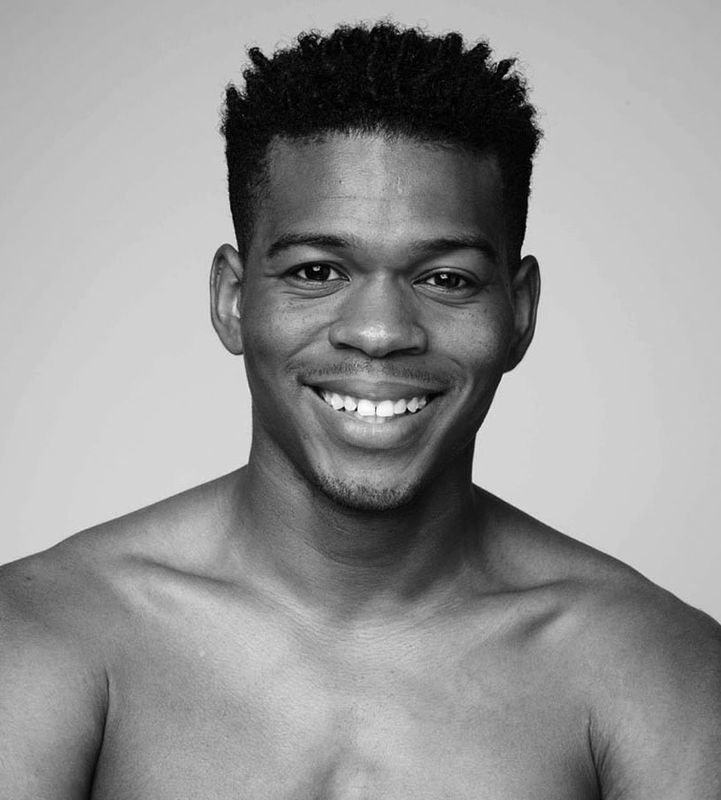
Performances:
March 7, 2018 7:30 p.m. / March 8, 2018 7:30 p.m. / March 9, 2018 7:30 p.m. / March 10, 2018 2 p.m. / March 10, 2018 8 p.m. / March 11, 2018 3 p.m.
For tickets: Phone: 312/341-2300 / Box Office: 50 East Congress Parkway
N’DIGO: How did a young man like you, from the South Side of Chicago, become interested in dance?
Solomon Dumas: My mother was the one who insisted that I go to AileyCamp. I did a lot of community theater on the South Side. I was interested in being an actor, and my mom thought it would be a good idea for me to know how to dance.
She had seen Alvin Ailey American Dance Theater perform, and heard they were hosting a summer program for inner-city children. She forced me to go, so that’s how I was introduced to dance!
Where did you go to school?
I attended Betty Shabazz International Charter School, which is a predominantly African-American school that specializes in African-centered education. It stresses the importance of Black history, and all subjects are taught from an Afrocentric perspective.
I think that’s what helped Alvin Ailey make sense to me – Mr. Ailey was a Black man and his choreography was rooted in his experiences. He started the company at the brink of the Civil Rights Movement, and at the time there was a lot of activism going on.
What did you learn from the AileyCamp?
I learned discipline through dance, but AileyCamp is so much more than a dance camp; it’s a personal development camp. We started and ended the day with affirmations, and I didn’t know it at the time, but the power of affirmations really does affect you on a cellular level. It does something to your spirit, affecting you spiritually, emotionally, and mentally. We started the day saying empowering affirmations like:
I will think before I act.
I will listen to learn.
I will greet each day with love in my heart.
I am a winner.
I am in control of my mind, body, and spirit.
These statements are empowering, and they taught us self-determination. Being in AileyCamp was a powerful experience for me.
You are the first student from AileyCamp to perform in the main ensemble; talk about that transition.
It’s hard to articulate, but the transition was one of the most important moments of my life. I was a member of Ailey II from 2010-2012, and after Ailey II, I didn’t get into the first company after auditioning twice, but I had an opportunity to perform with Ronald K. Brown and I did a lot of freelance work.
Majority of the work that I did involved community outreach in New York’s inner city – I worked in Brooklyn at the Bedford Stuyvesant Restoration Corporation and in Harlem at the Schomburg Center for Research in Black Culture, where I created a dance/dance history curriculum for The Young Scholars Program.
It was amazing for me to see everything come full circle after I joined the first company in May 2016 and performed at Lincoln Center one month later in June. I didn’t invite anyone to the performance because it was my first performance with the company – I was so nervous and I hadn’t danced with an organization for four years.
I was cast in the Sinner Man section of Alvin Ailey’s Revelations and I remember when I ran onto the stage, I heard people in the audience screaming my name. In my head I’m thinking, “Who is that? I didn’t invite anyone here!” It happened to be the students that I taught. That was a full circle moment where I knew this was supposed to happen. I realized that being a part of the company was so much bigger than me.
Starting off as an AileyCamper and moving into the first company has been a dream come true. I started my formal dance training when I was 14 years old, and my experience shows dance students that anything is possible. Mr. Ailey’s legacy was about bringing dance back to the people, and I’m a direct example of the effect that dance can have on someone’s life.
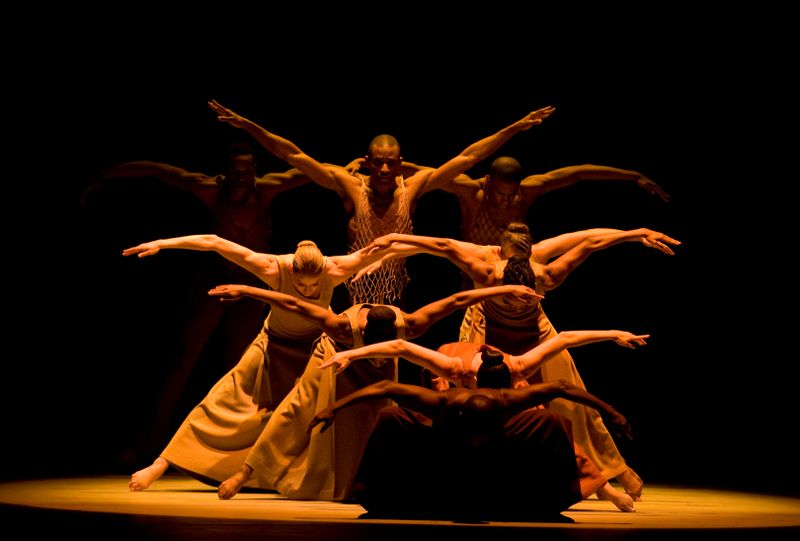
What do you get out of dance?
When I was first exposed to dance as a young man, dance taught me manners, discipline, how to respect women, how to carry myself, confidence, organization, preparation, hygiene, and it taught me indirectly about health – not just what to eat, but the ways to take care of your body. Dance has made me become a better citizen of the world. I love what I do, and I love how I feel when I dance.
What’s your favorite dance?
Besides Alvin Ailey’s Revelations there’s another piece of his entitled Cry. I don’t perform it, though – it’s a female solo that he choreographed as a birthday present to his mother and he dedicated it to Black women everywhere, especially our mothers. Every time I see the piece, it resonates with me because there are specific images that I’m able to identify with my mom, aunts, and grandmother.
There’s a moment when the female soloist portrays a queen and another part where she portrays a servant. It reminds me of my grandmother, who was a maid in the South before moving to Chicago and then she worked as a waitress and in factories. There are so many images in Cry that Mr. Ailey was able to capture.
It touches me so much; I can feel the spirit of these characters. I’ve even sat in the wings before and cried watching the piece. Like Revelations, I never get tired of watching it – there’s always something new to discover.
What’s on your playlist?
Right now, I’m listening to SZA, Meshell Ndegeocello, Prince, and Black Panther: The Album – Music From and Inspired By. I also listen to a lot of gospel music – something about it sooths me and reminds me of my grandmother.
You’ve lived in Chicago and New York; what’s the difference between the two cities to you?
First let me say this: I wouldn’t trade my experience of growing up in Chicago for anything! Chicago – the South Side in particular – was a special place growing up. I know in the media there’s so much negative attention about the South Side, but there’s humanity, community, support, and encouragement here, too. The rearing and education that I received, I wouldn’t trade for the world. We were taught to return to our community to share our knowledge and gifts with future generations.
The Chicago community is similar to New York. I’ve done community work in Brooklyn, and I feel they have a lot of pride and awareness in their community as well. Much like Chicago, there are a lot of festivals that celebrate Black empowerment. The big difference is the cultures – Chicago has more southern retentions and New York is more diverse, running the gamut of Black diversity with all types of people from the diaspora moving to that city.
You worked five jobs at one time; what were those jobs?
I worked as an assistant manager at Barry’s Bootcamp; started a curriculum at Schomburg Center for Research in Black Culture; independently contracted for the New York City Department of Education; taught artist in residencies at different schools in New York City, such as The Frank Sinatra School of the Arts; and taught dance at several places like Ailey Extension, The Ailey School’s Junior Division, Bedford Stuyvesant Restoration Corporation, and Dance Cavise Studios, among others.
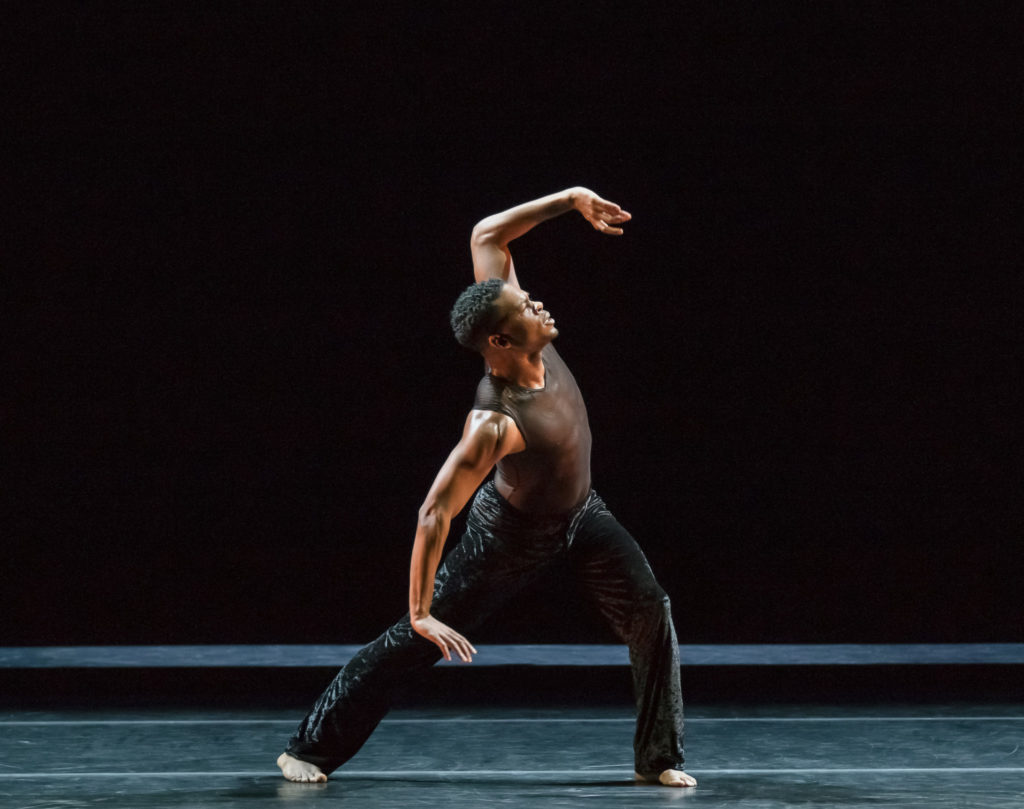
You have said you are nervous about dancing in Chicago although you have performed in Europe. Why are you nervous about dancing in your hometown?
Last year I was nervous about dancing in Chicago because I hadn’t been home in five years. Before joining Alvin Ailey American Dance Theater, I kept myself busy teaching at different high schools across the country and dancing with several companies, but somehow, we never toured Chicago.
I was nervous about performing last year because it had been so long since I saw the people I went to school with or knew from my neighborhood. But it’s great to be home and I’m looking forward to Alvin Ailey American Dance Theater’s performances at The Auditorium Theatre from March 7-11.


